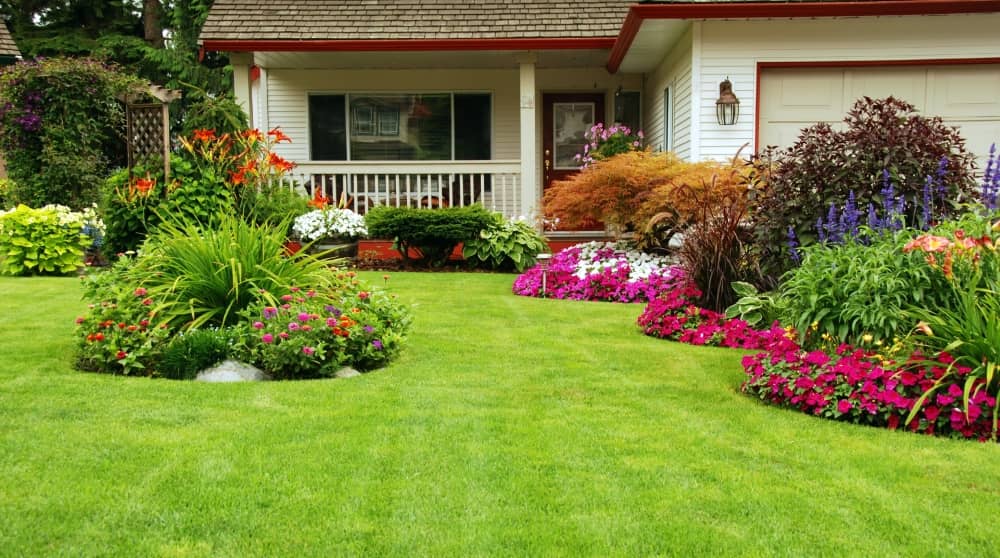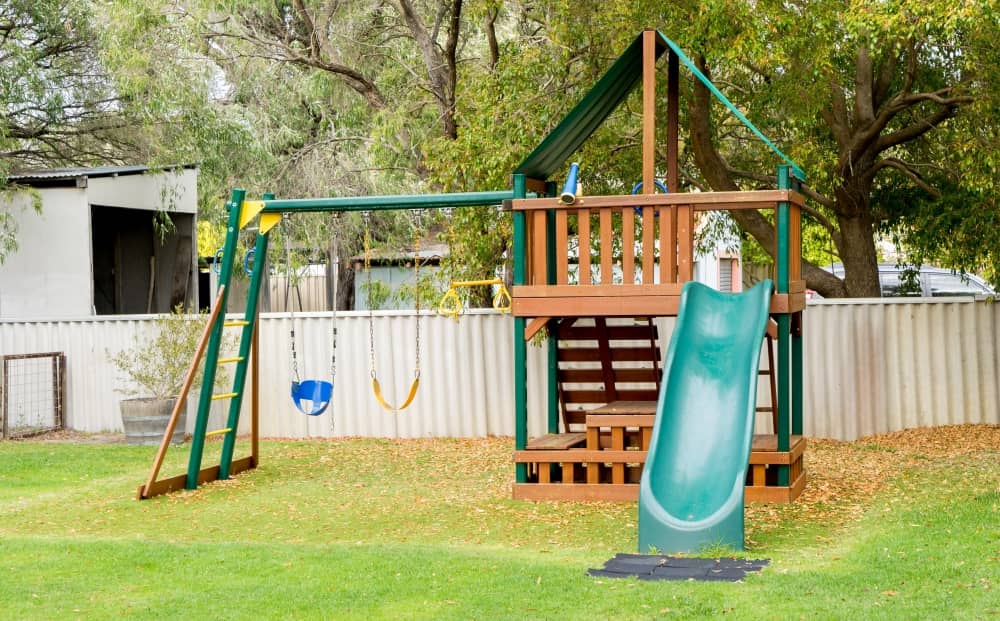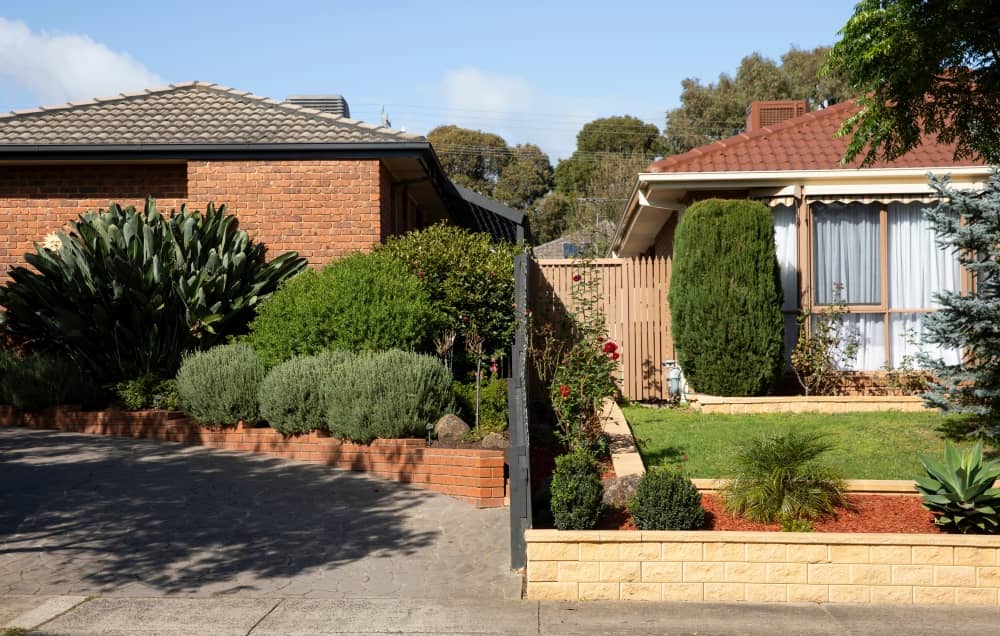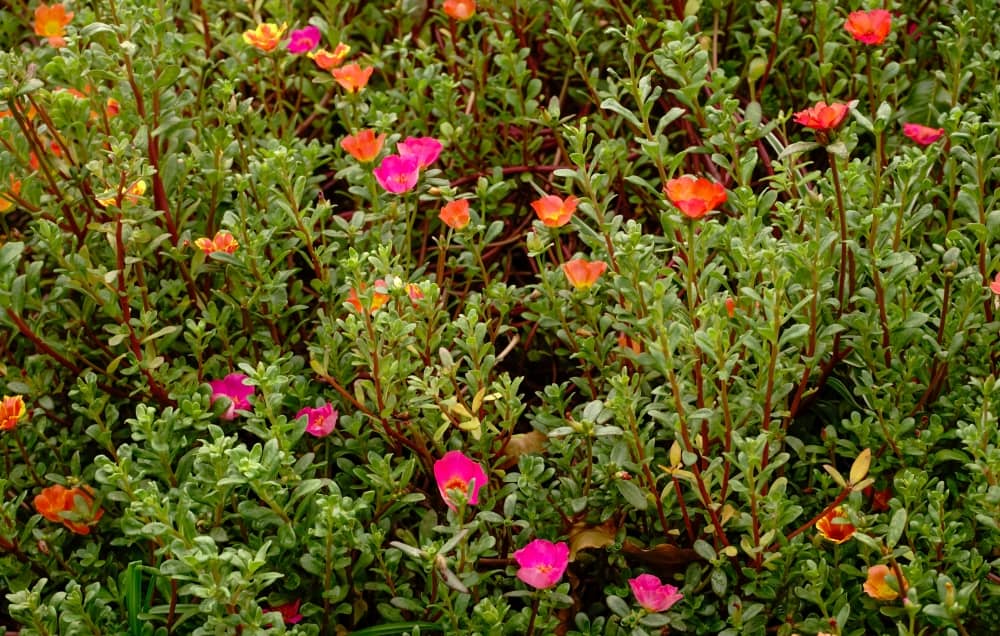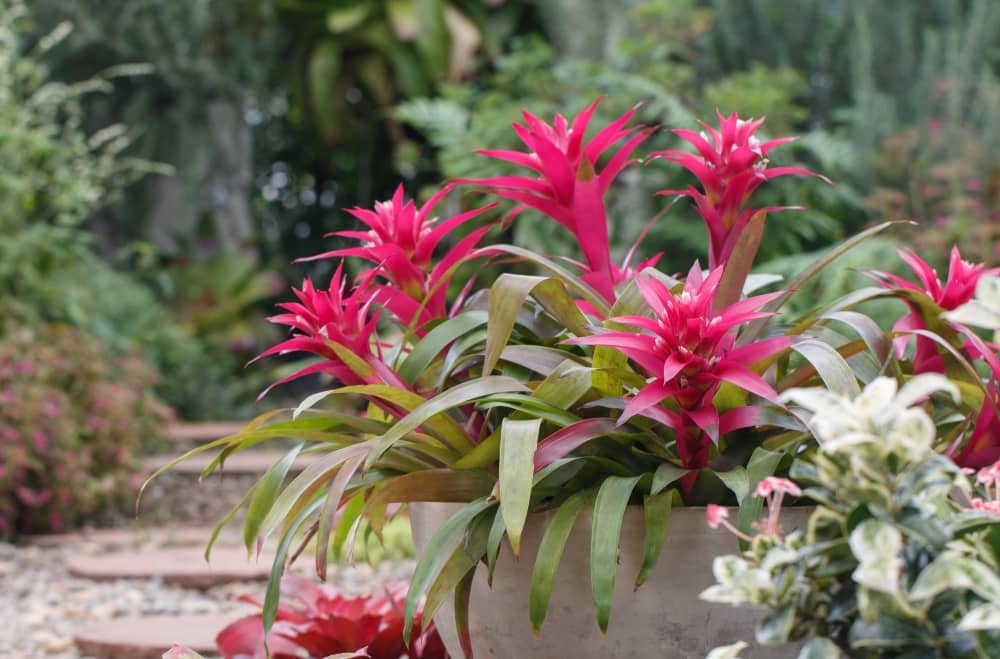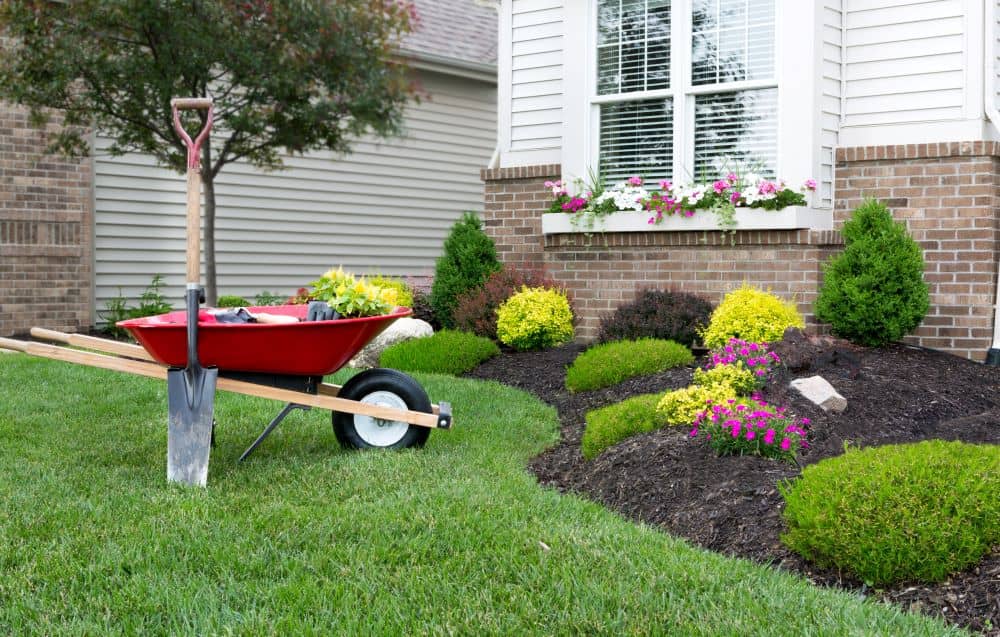Garden Landscaping Tips for New Home Owners
There is plenty of excitement surrounding the purchase of your new home. Once your furniture is placed and packing boxes emptied, it may be time to turn your attention outside. Many homeowners’ opinions about what types of landscaping look great and what appears to be a mess usually run along a broad spectrum. If you are not sure what your preferred style is, scan some images online or get ideas from friends or new neighbours who have landscaping you like.
Our Top Garden Landscaping Tips
1. Determine Your Landscape Needs and Wants
Much like your list for house hunting, a list of landscape must-haves and would-like-to haves will help you prioritise.
For example, does your family dog need an enclosed area to play and exercise? Will you do a lot of outdoor entertainment, or have you always wanted to grow a vegetable garden? Once you decide what is most important, you may discover that a play area for the dog and a veggie plot are more affordable than a large area to entertain.
2. Pay Attention to the Sunny and Windy Areas
A vegetable garden will not thrive without sun, and your dog will be miserable outside with no shade or breeze. Once you have a feel for the various zones in your yard, make some rough sketches to help you make a sensible plan.
3. Understand the Conditions in Your Yard
Check the hardiness zones before purchasing plants that may be beautiful but unsuitable for your area. Additionally, you may want to consider a soil test to see if you need to improve your soil before planting.
4. Spend Time in Your Yard as It is
Wander your yard a bit and get a sense of which areas seem comfortable for relaxing or could be great for a child’s play area.
5. Scale Your Expectations
Often, homeowners rush headlong into creating a landscaping masterpiece that they do not enjoy the process. Give yourself permission to take your time. The work will not be complete in three days because you do not have a massive professional crew to prep for television. Pay attention to details like scale and pacing to help tie your landscaping together.
6. Decide on a Focal Point
All designs need a focal point. This can be nearly anything you like, such as a fountain or a gorgeous tree. Just remember to keep everything else in check so you do not have elements chaotically competing for attention.
7. Keep Your Mind Open
As you go through the landscaping process, you may discover elements you want that are not suitable for your yard. Likewise, you may find plants and features you never considered but now think are ideal for your plan.
Best Plants for a New Home
Outdoor Plants for a New Home
Planting the right plants in the right places is vital to a thriving garden that you can enjoy without a great deal of stress. Here are a few suggestions for sun-loving and shade-loving plants for gorgeous landscaping.
- Portulaca – These brilliantly coloured flowering plants bloom and thrive in heat and full sun. Portulaca is excellent as ground cover as well as in containers and beds.
- New Guinea Impatiens – While the typical impatiens are shade loving, the New Guinea variety flourishes in sunny environments. They are ideal for pots or hanging baskets and add colourful addition around pools or patios.
- Birds Eye Chilli – A sun-loving compact bush, the Bird’s Eye Chilli is both decorative and edible. The small but potent peppers come in a variety of beautiful shades to accent any yard.
Shade Loving Plants for a New Home
- Winter Daphne – Fond of shade and cooler weather, the Winter Daphne is an evergreen shrub that blooms delightful and fragrant pink and white flowers during winter and spring.
- Bleeding Heart – One of the best flowering plants for shaded areas, the delicate Bleeding Heart has heart-shaped blossoms in shades of pink and white.
- Bromeliad – Well known across Australia, Bromeliads do well in the shade and feature sturdy stems that open into vibrant flowers.
How to Fill in Fence Gaps
Gaps under fences are a common problem new homeowners often discover after settling into their new place. Fortunately, the situation has a straightforward solution.
Use Concrete Stones to Seal Any Gaps Under Your Fence
- Begin by digging out the soil around the gap, making sure to dig to the same level as the gap. So, if your gap is ½ metre deep, dig to ½ metre.
- Level and tamp down the dirt, then add a layer of coarse sand about three cm and tamp it down.
- Put a layer of concrete stones on top of the sand and tamp.
- Keep adding layers of concrete stones, tamping between layers until you have sealed the gap.
Prepare Your Soil
Get your soil ready for planting by following these simple steps.
- Pull Weeds – Be sure to get the roots so the weeds will struggle to regrow.
- Improve the Soil – Add organic materials such as compost or manure to add nutrients and help your soil retain water.
- Till the Soil – Tilling or turning over the soil mixes in the organic matter and loosens the soil. You should dig about 20 cm deep when tilling.
A magnificent garden takes a good bit of time and care. So do not be discouraged if you have no immediate results. If you are unsure of what you need to do so your garden and yard look how you imagine, getting professional advice and assistance may be a smart option. The pros at Bibra Lake Soils have years of experience and know what is necessary to make a plot of land into a garden oasis. Feel free to speak with them for a fresh approach that is sure to make your yard the envy of the neighbourhood.

